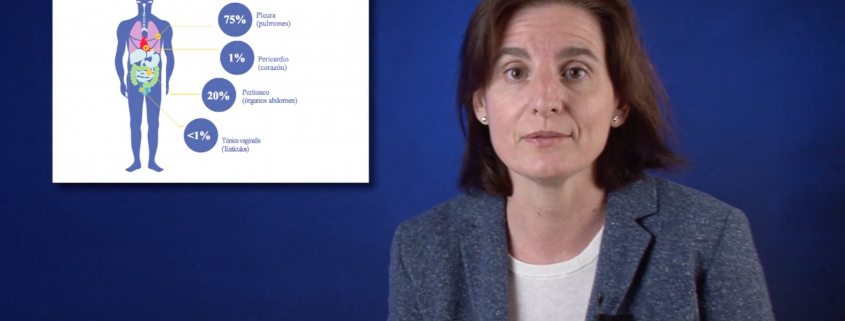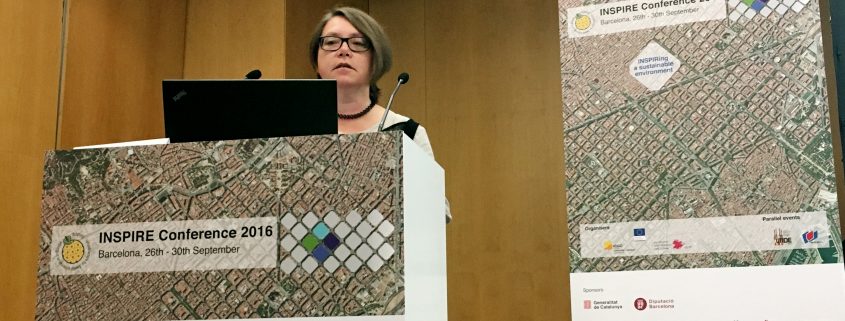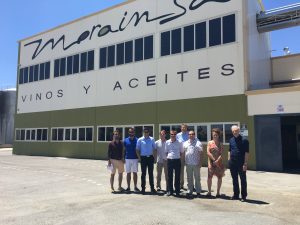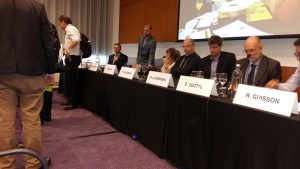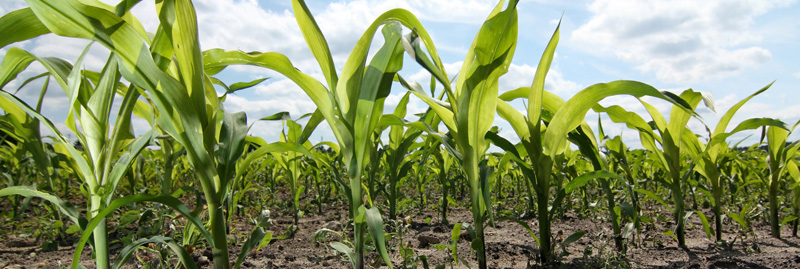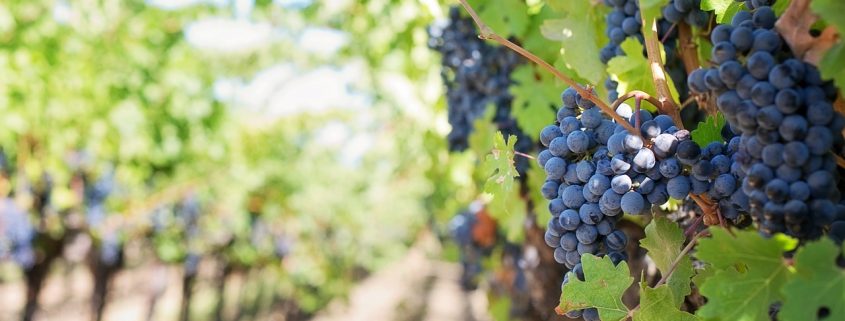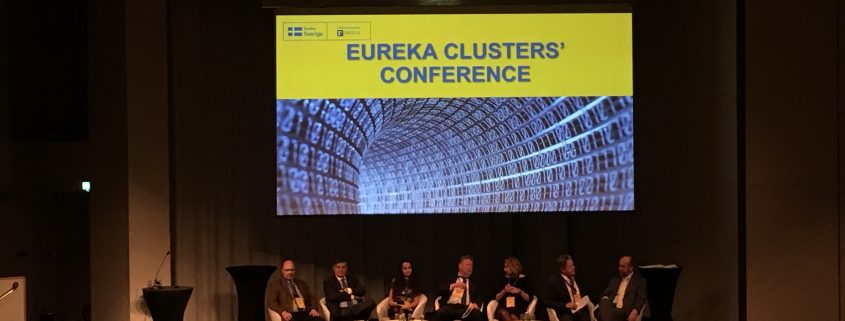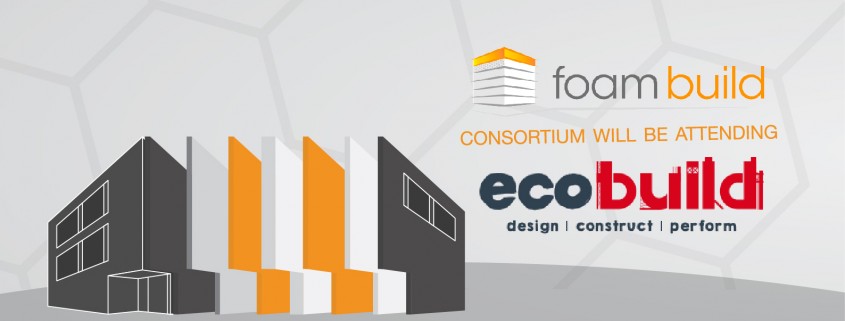Aromics launches a ‘crowdfunding’ campaign
The biotech company Aromics, located at the Barcelona Science Park (PCB), has launched an equity crowdfunding campaign through the European platform CapitalCell, with the goal of raising a capital round up to 300,000€ for completing the preclinical package of its compound NAX035, a novel first-in-class drug for the treatment of malignant mesothelioma, a rare, aggressive and highly treatment-resistant asbestos-associated malignancy.
A novel family of antitumor agents
The development of NAX035 is the most advanced project in Aromics’ portfolio. It is the first lead compound of a novel family of anticancer drugs (first-in-class) that act by direct binding to messenger RNA, silencing the expression of overexpressed proteins in cancer. The compound has already shown its efficacy to reduce tumour size/growth when it is administered both orally and intraperitoneally, exhibiting a good toxicology and safety profile. In parallel, the biotech is working on getting the orphan designation for NAX035 that will signify an important advance for mesothelioma.
Scientific data that allow identifying NAX035 as potential drug for mesothelioma treatment were obtained during a collaborative the European Project BERTA of Aromics with the Italian medicinal chemistry company Naxospharma and Istituto Nazionale dei Tumori in Milano. “Our project is being supported by renowned members of the scientific community including Dr. Rafael Rosell who was featured in the prestigious journal The Lancet as European leader in the fight against lung cancer”, said Dr. Plasencia.
The antitumor compound is the effort of 4 years of work, with an investment close to 1.4 € million, financed by Aromics with the partial support of ACCIÓ in Catalonia (Eurotransbio program of the 7th EU Framework program) and the Centre for the Development of Industrial Technology (CDTI) in Spain.
Asbestos a human-recognized carcinogen
Malignant mesothelioma is an infrequent cancer arising in the lining cells (mesothelium) of the pleural and peritoneal cavities, as well as in the pericardium and the tunica vaginalis. Most prevalent is the pleural type (Malignant Pleural Mesothelioma) and its origin is directly linked to asbestos exposure, a group of fibrous minerals present in nature. Their long and resistant fibres do not conduct electricity and are highly resistant to heat, fire chemical substances and corrosion. Thus, it used to be widely used in an industrial setting.
Today, all forms of asbestos are considered human carcinogens causing important diseases such as asbestosis (pulmonary fibrosis) and cancer, including malignant mesothelioma (the asbestos hallmark cancer) as well as other lethal tumours like lung, larynx and ovarian cancer. The World Health Organization (WHO) estimates that asbestos exposure results in 107,000 deaths yearly.
The use and commercialization of all asbestos types were limited some decades ago. The European Union Directive 1999/77/CE prohibited its use and any products containing this substance back in 1999. The deadline for its complete disposition was set for 1st January 2005. In December 2001, Spain banned the commercialization of crysolite (white asbestos), the only type that was still in use (BOE-A-2001-23636). Asbestos is currently banned in fifty countries, including the EU members. Nevertheless, the WHO estimates that about 125 million people in the world are exposed to asbestos at the labour place. Of those, around 8-10% are likely to eventually develop mesothelioma.
A silencing and latent public health threat
The burden of malignant mesothelioma is rising. Despite the prohibition of the use of asbestos, the major problem is the long latency period (40 years on average between the asbestos exposure and the disease onset), thus a peak of incidence is expected in Europe in around 2020 and beyond. The European Economic and Social Committee (EESC) estimates that more than 300,000 EU citizens will die of mesothelioma until 2030, considered as a critical point for asbestos-related malignancies.
Due to the long latency period and taking into account that mesothelioma shares similar symptomatology than other common diseases such as pneumonia, it is difficult to diagnose the tumor at an early stage, and symptoms remain unnoticed until later stages of the disease, where the tumor is less responsive to treatment.
“Remarkably, asbestos remains a serious threat: not only it is continuously used in more than 150 countries of the world (including emergent economies such as Russia, China, India, Brazil or Indonesia) but even in those countries like ours, were has been already prohibited, it remains still a challenge as there are still many buildings and industrial elements containing asbestos that require removal and disposal. A high cost removal plan that also puts workers and the community at immense risk. Therefore, asbestos still represent a serious unsolved labour, public health and environmental problem”, Carmen Plasencia emphasizes.
Invest in the project through: http://capitalcell.net/investment/aromics23/

